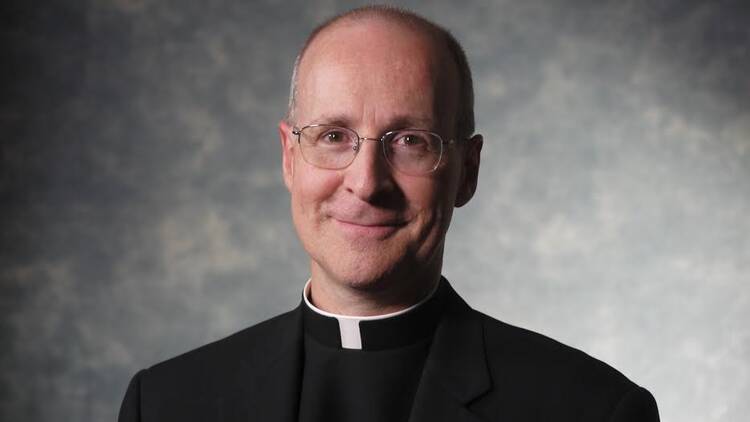Two years ago an Italian scientist published a book entitled The Mystery of the Shroud, an examination of the authenticity of the Shroud of Turin, the cloth that many believe to be the burial cloth of Jesus mentioned in the Gospels. This book asserted that contrary to scientific studies from the late 1980s, the 14-foot piece of linen cloth, which is stored in an underground vault in the Cathedral of Saint John the Baptist in Turin, dates not from medieval times but from the time of Christ. Il Mistero Della Sindone, by Giulio Fanti, a professor of mechanical engineering at the University of Padua, dates the cloth between 300 B.C. and A.D. 400, a period that includes the dates of Jesus’ death and resurrection. Professor Fanti’s tests focused mainly on the rate of decomposition of linen threads over time.
Arguments over the shroud, in front of which Pope Francis prayed during his visit to Turin this June, probably began when it was first displayed in the late 14th century. In fact, the most compelling argument against its authenticity is that relatively late date. Where was it before that? Why would such a precious religious artifact be absent from the historical record? Wouldn’t something so important to believers have been the object of popular devotion long before the 14th century?
On the other hand, the arguments in favor of its authenticity are strong too. To begin with, the image of the brutalized man on the shroud (who bears holes in his hands and feet, a gash in his side, the marks of scourging on his back, pinprick wounds on his forehead and has longish arms and an attenuated torso—all consistent with crucifixion) is a perfect photonegative. Even if it was a medieval forgery, how could forgers have known about negatives? Moreover, how could they have concocted an image that appears in three dimensions when analyzed by contemporary scientists?
Other compelling proofs: the peculiar weave of the linen dates to the time of Jesus; and, believe it or not, the pollen and dust found on the shroud (some around the knees of the man) are native to Jerusalem.
And so on. For those who believe in the shroud’s authenticity, every new confirmation confirms. For those who don’t believe, every possible doubt (particularly critiques of the science behind the investigations) encourages disbelief and eye-rolling dismissals. As the saying goes, “For those without faith, no explanation is sufficient. For those with faith, no explanation is necessary.” (Speaking of authenticity, that quotation is either from a character in The Song of Bernadette, Franz Werfel’s novel about the Marian apparitions in Lourdes, or from an even loftier source, St. Thomas Aquinas.)
I’m not saying that people who doubt the shroud’s authenticity are faithless. Needless to say, it’s not essential to believe in the Shroud of Turin to be a good Catholic. Rather, most of us have a “confirmation bias,” which inclines us to give greater weight to arguments that prove what we already believe.
I tend to believe things that are still unproven. Why? Because religious legends have a funny way of being proven true. My favorite example is the story of the Pool of Bethesda.
According to Chapter Five of the Gospel of John, Jesus, while visiting Jerusalem, heals a paralyzed man beside a pool “which has five porticoes.” Until the 19th century, many scholars believed there was no such pool. The pool in the story was, some believed, an “allegorical” pool, or the entire story was fabricated and added to the Gospel later. Some believed that the idea of the five porticoes was an allegorical representation of the five books of Moses or a “construct of the imagination,” as Francis J. Moloney, S.D.B., says in his commentary on the Gospel of John.
At the turn of the 20th century, however, excavations in Jerusalem uncovered not simply a pool but, as the archaeologists gradually cut into the rock, the foundations for colonnaded walkways or porticoes—five of them, exactly as John had described.
So I give these things the benefit of the doubt. My general reaction is, “Who knows?” My faith does not depend on the shroud’s authenticity, but neither am I eager to disprove it. If I get to heaven (a big if), and Jesus says, “That was a clever forgery by some lucky medieval artists,” I’ll say, “O.K.” But if Jesus says, “That was indeed my shroud,” I’ll say, “O.K.” Frankly, if Jesus says anything to me, I’ll say, “O.K.”
For now, I’ll revere the shroud not simply as an object of faith (that’s the somewhat weaker stance: it’s important because people think it’s important) but as something else: the possibility of something great, something remarkable, even something holy.








